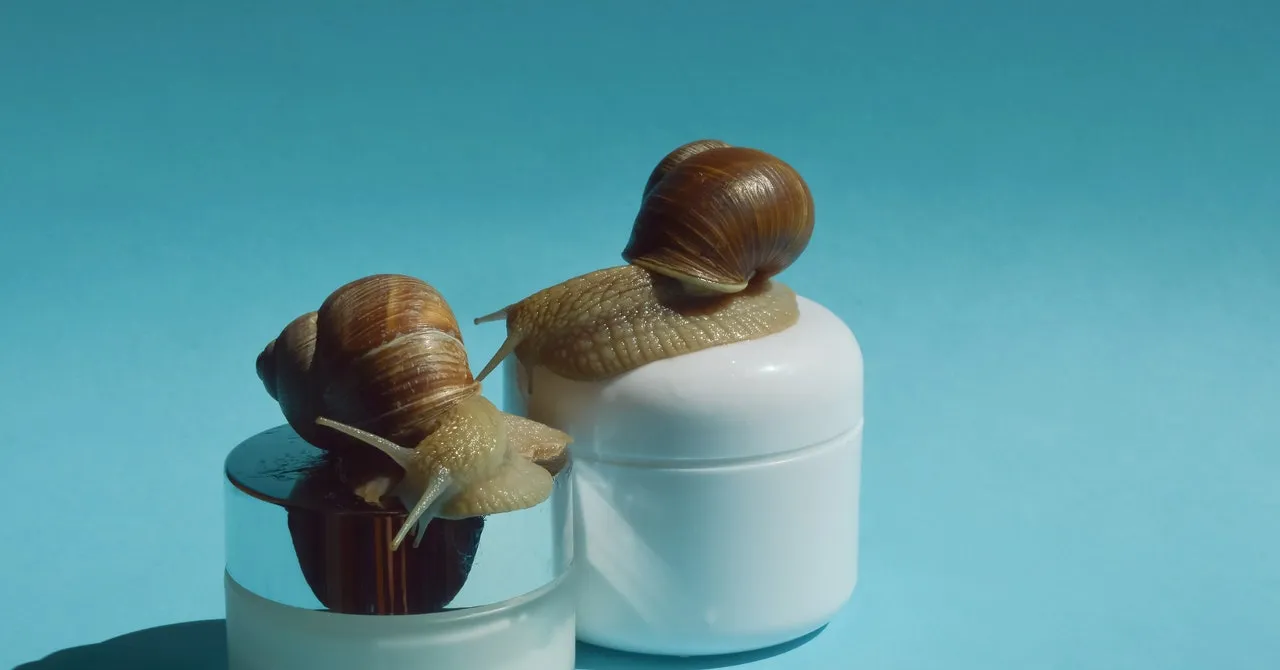How-To Incorporate Snail Mucin into Your Skin Care Routine

What Is Snail Mucin?
In the lab, cosmetic researchers have identified at least five types of mucus cells in the garden snail alone, each producing a different biochemical composition. Among them, glycosaminoglycans are the prized gems of the skin care world. These molecules have a natural ability to draw in water, making them favored ingredients in plumping moisturizers. Snail goop is also packed with elastin, collagen, hyaluronic acid, glycolic acid, and vitamins (A, C, E, and more). These compounds are essentially an all-star lineup that helps with skin regeneration, hydration, and protection against bacteria.
Why Is Snail Mucin Trendy?
It may seem like slug syrup appeared out of nowhere, but it’s been around in cosmeceuticals for centuries. The ancient Greeks used it to treat colds and infections. Hippocrates—“the father of medicine”—allegedly crushed snails and used the byproduct to treat skin inflammation. People in southwest Cameroon have long used terrestrial mollusk extract to treat burns, alleviate headaches, and prevent infectious diseases such as scabies and ringworm. In Italy, gastropod goo is utilized to treat dermatological issues such as acne, warts, and calluses.
How Is Snail Mucin Collected?
Most of the slime used in cosmetics comes from the common garden snail, Cryptomphalus aspersa. Essentially, they excrete mucin in response to stress, which can then be harvested in various ways. One of the most popular methods involves letting these shelled critters crawl on netted surfaces to stimulate the secretion, which will then drip into pans. Another procedure consists of misting chambers that induce secretion without direct contact.
What Are the Benefits?
- Hydrating: With humectants like hyaluronic acid, snail mucin helps bolster the skin’s moisture barrier, locking in hydration and keeping irritants out.
- Smoothing: The natural glycolic acid and collagen-boosting compounds in mucin can improve skin texture, helping to smooth fine lines and wrinkles.
- Healing: Snail mucin is loaded with zinc, manganese, allantoin, and copper peptides—all nutrients that support cell regeneration and calm irritation.
Are There Risks?
Again, while snail mucin is well-tolerated by most people, allergies can happen. Be sure to do a patch test on your inner arm before applying any new ingredient to your face. If you notice any redness, burning, or stinging at whatever point, you should stop using the slime until you consult a dermatologist.
How Do I Add Snail Slime to My Routine?
Snail mucin can be found in essences, creams, masks, and more. Choose products with at least 70 percent mucin content for optimal results. Depending on your skin goals, it’s safe to use daily or cycle it a couple of times a week alongside your usual ingredients like vitamin C or retinol.
This article was prepared using information from open sources in accordance with the principles of Ethical Policy. The editorial team is not responsible for absolute accuracy, as it relies on data from the sources referenced.